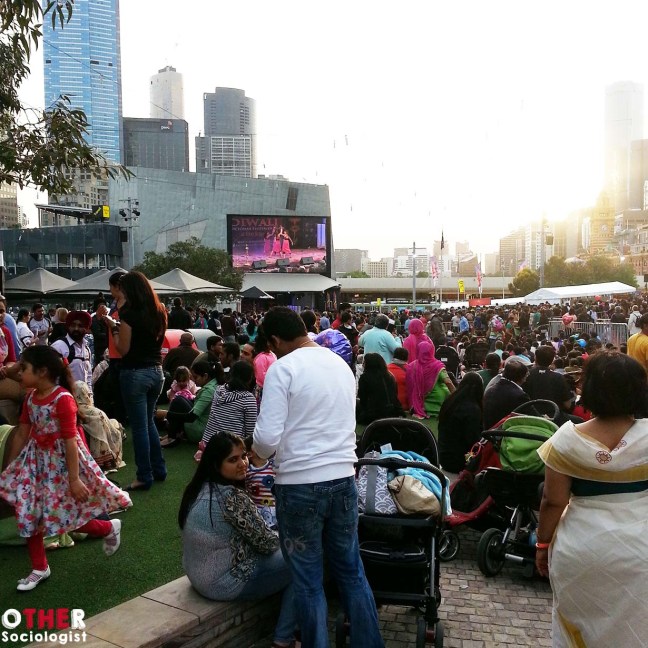It’s an exciting season in Sydney, with multiple festivals concurrently keeping us entertained from April to the end of June. First up is one of my favourites, the Spanish Film Festival. I bought a pass to see 10 films, mostly from Latin America and half by non-Indigenous, non-Afro women directors. We have a long way to go with stories reflecting the writing and direction of minorities. The festival has, however, included stories with disabled, queer and/or other ethnic minorities as protagonists. Those are the films I’ve predominantly chosen. The rest are political stories. Today, I bring you the first of two posts reviewing films from an intersectionality perspective. The festival began in Sydney on 16 April and ends 8 May, before travelling to all metropolitan cities.
Let’s take a look at the political thriller, The Realm, which sweeped this year’s Goya Awards (the ‘Spanish Oscars’). Tremors is the compelling but distressing story of a devoutly religious gay man from Guatemala. Champions is a highly successful Spanish movie featuring an ensemble cast of disabled actors playing a famous basketball team. Crime Wave takes a serious premise (an emotionally abusive man is murdered) and turns it into a cascading set of comedic deaths. Yikes! Finally, another political drama, Rojo, swells from the early days of the devastating Argentinean coup. The players ponder: under which local conditions do national tyrants rise? The answer is from ordinary towns, where people are too polite to notice men arguing and boys “disappearing.”

Central Park Mall, where Palace Cinemas Central and Platinum is hosting the Festival
Continue reading Spanish Film Festival 2019, Part 1: The Realm, Tremors, Champions, Crime Wave, Rojo



















